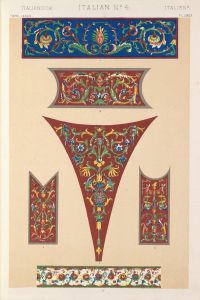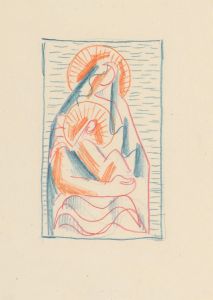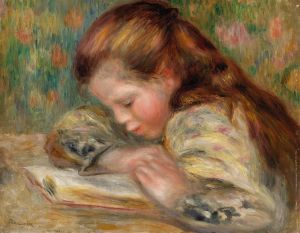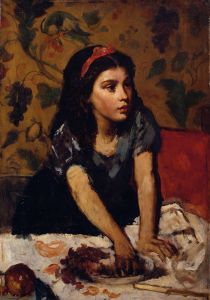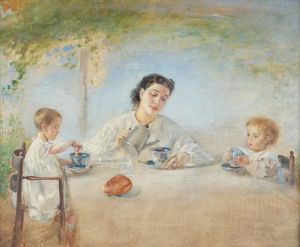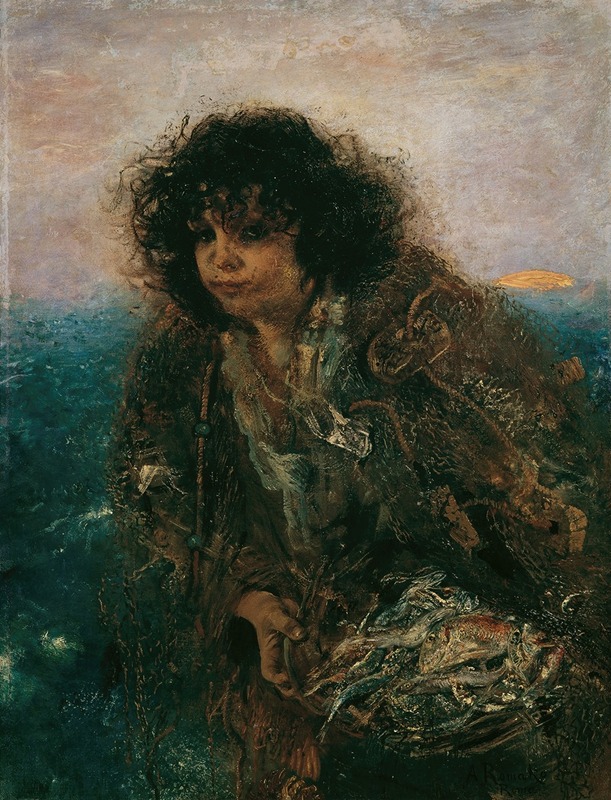
Italienisches Fischerkind
A hand-painted replica of Anton Romako’s masterpiece Italienisches Fischerkind, meticulously crafted by professional artists to capture the true essence of the original. Each piece is created with museum-quality canvas and rare mineral pigments, carefully painted by experienced artists with delicate brushstrokes and rich, layered colors to perfectly recreate the texture of the original artwork. Unlike machine-printed reproductions, this hand-painted version brings the painting to life, infused with the artist’s emotions and skill in every stroke. Whether for personal collection or home decoration, it instantly elevates the artistic atmosphere of any space.
Anton Romako was an Austrian painter known for his unique style that combined elements of realism and impressionism. One of his notable works is "Italienisches Fischerkind" (Italian Fisher Child), which exemplifies his ability to capture the essence of his subjects with emotional depth and a keen eye for detail.
"Italienisches Fischerkind" was painted during a period when Romako was exploring themes of everyday life and the human condition. This painting, like many of his works, reflects his interest in portraying individuals from various walks of life, often focusing on the marginalized or those living in rural settings. The subject of the painting, a young Italian fisher child, is depicted with a sense of realism that highlights the hardships and simplicity of life in a fishing community.
Romako's technique in this painting is characterized by his use of light and shadow to create a sense of depth and texture. The brushwork is both precise and expressive, capturing the delicate features of the child and the surrounding environment. The color palette is subdued yet rich, with earthy tones that convey the natural setting and the child's connection to the sea.
The painting is significant not only for its artistic qualities but also for its cultural context. During the 19th century, when Romako was active, there was a growing interest in depicting scenes from everyday life, moving away from the grand historical and mythological themes that dominated earlier art periods. Romako's work fits within this broader trend, offering a glimpse into the lives of ordinary people and the beauty found in their daily existence.
Romako's career was marked by a struggle for recognition, as his style did not conform to the dominant artistic movements of his time. However, his work, including "Italienisches Fischerkind," has gained appreciation for its emotional depth and technical skill. Today, Romako is regarded as an important figure in Austrian art, and his paintings are studied for their innovative approach and contribution to the development of modern art.
"Italienisches Fischerkind" remains a testament to Romako's ability to capture the human spirit and the nuances of life through his art. The painting continues to be admired for its poignant portrayal of childhood and the universal themes of innocence and resilience. As with many of Romako's works, it invites viewers to reflect on the beauty and complexity of the human experience, making it a valuable piece in the study of 19th-century European art.





